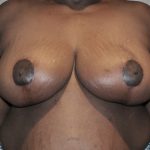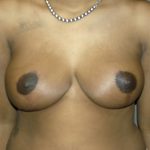Breast reduction surgery reduces the weight and size of breasts and can help alleviate symptoms such as back pain, neck pain and bra strap grooving. Because the reduction will lift the breast, the result is typically a smaller, more shapely breast that sits higher up on one’s chest. The musculoskeletal benefits of breast reduction are universal and are consistently seen in every patient.
But with this tremendous benefit of breast reduction does come some trade-offs and potential concerns. The one obvious trade-off are the scars. But a frequent question is also about will I still have feeling in my nipples?

The subject of nipple sensation after breast reduction (or breast augmentation) has been studied numerous times in the plastic surgery literature. While one must accept the risk that all sensation may be lost, studies show that the majority of women keep most if not all of their sensation afterwards. While some nerves that supply feeling do get cut during a typical reduction procedure, the feeling to the nipple and areola comes from many different nerve branches from various directions.

Preservation of nipple sensation is undoubtably also dependent on the amount of tissue removed. The less tissue removed, the less one has of having a numb nipple afterwards. However, the amount of breast tissue removed should be guided by the main objective of an uplifted and smaller breast.
In general, most women have no change from the procedure and their nipple sensation is kept intact. But the risk is always present and some patients may sacrifice some feeling for better shaped and less problematic breasts.
Dr. Barry Eppley
Indianapolis, Indiana




